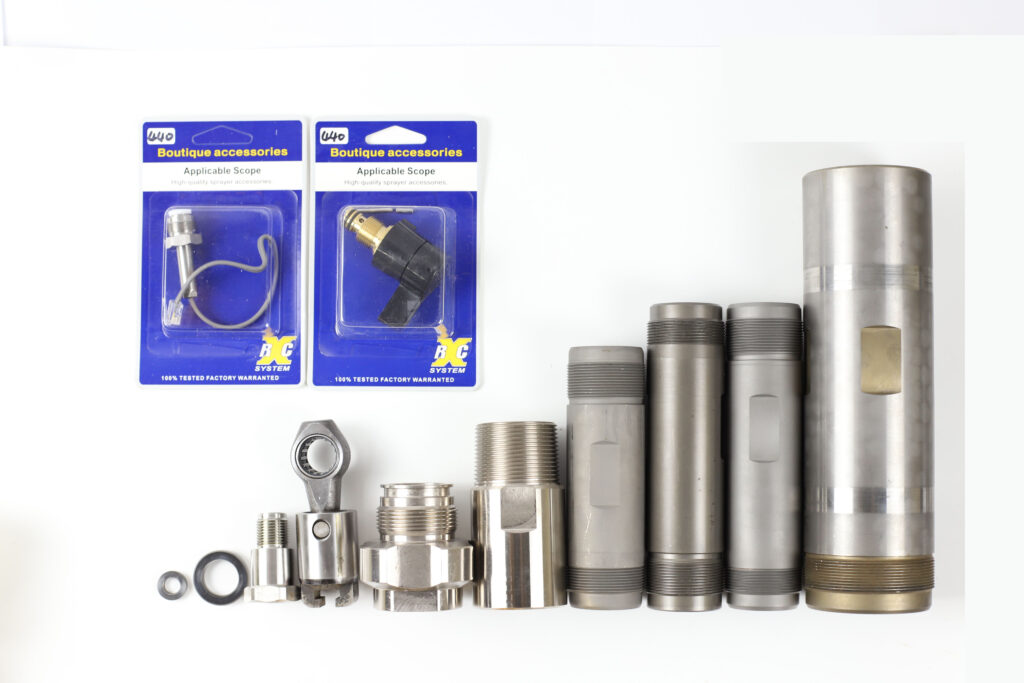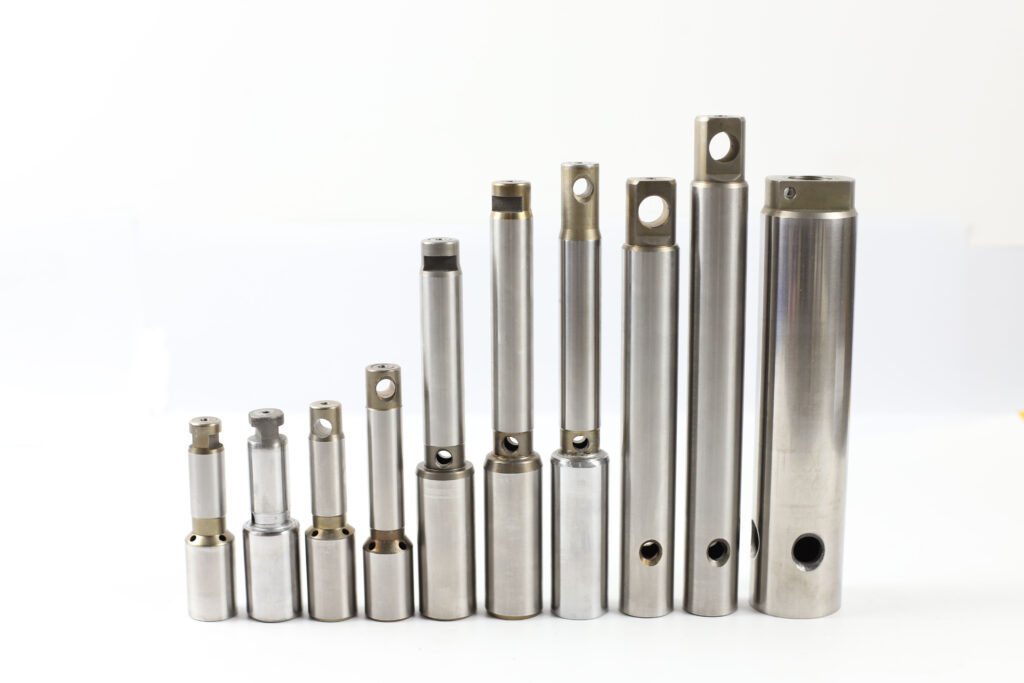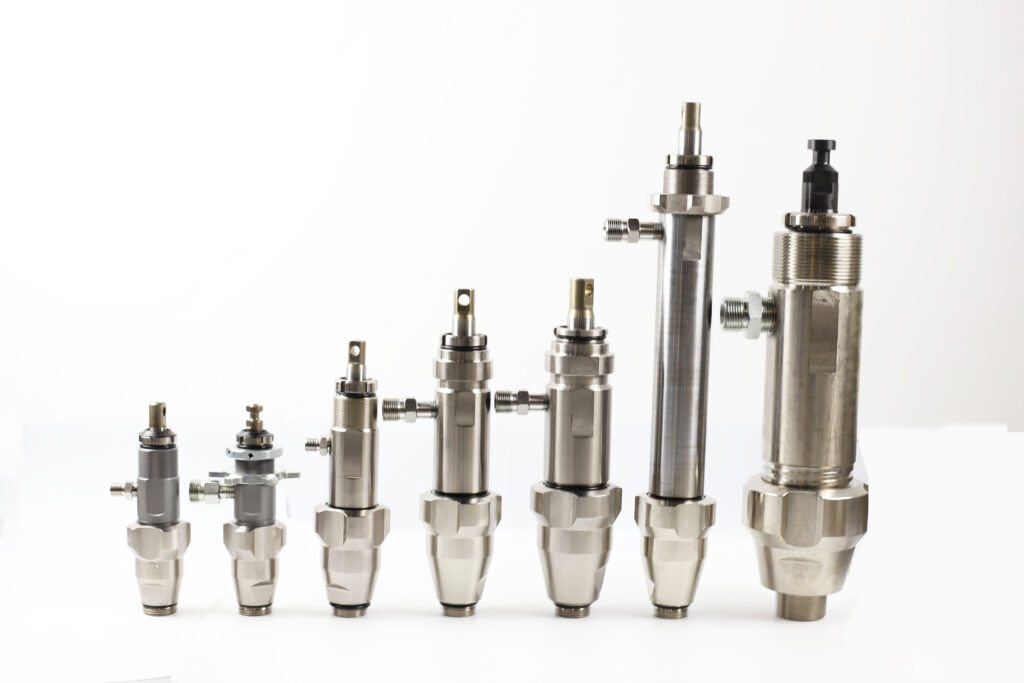Color change in the spraying process is a common yet troublesome issue, especially in high-pressure airless spraying operations. Not only does color change affect the aesthetics of the final coating, but it can also influence its performance and longevity. To avoid this problem, professionals need to understand the causes of color change in paint and implement appropriate measures to address it.

1. Causes of Color Change in Spraying
Environmental Factors
- Temperature Variations: During the spraying process, drastic temperature fluctuations can cause paint to undergo changes in color during drying. Both excessively high and low temperatures can affect the dispersion of pigments, leading to color inconsistencies.
- Humidity Fluctuations: High humidity environments can slow down the drying rate of the paint, which may prevent the pigments from fully drying and cause color changes.
- Light Exposure: Intense UV rays or direct sunlight can lead to chemical reactions in the paint, potentially causing the color to shift or fade.
Paint Formula Issues
- Uneven Pigment Dispersion: In the manufacturing and mixing of paint, uneven dispersion of pigments can result in inconsistent color, or even cause local color changes in the coating.
- Inappropriate Solvents: The choice of solvent plays a crucial role in the color stability of the paint. Certain solvents may react with pigments, leading to discoloration.
Spraying Equipment and Technique Issues
- Spraying Equipment Malfunctions: Issues such as unstable pressure, clogged nozzles, or poorly maintained parts in a China airless paint sprayer can affect the uniformity of the spray, resulting in color variations across the surface.
- Improper Application: Inexperienced or untrained operators may apply paint unevenly or excessively, causing noticeable color differences on the sprayed surface.

2. Solutions to Address Color Change in Spraying
Control Environmental Conditions
- Maintain Proper Temperature and Humidity: Ensure that the spraying operation occurs within an optimal temperature range (typically between 5-35°C) and relative humidity levels. If possible, adjust the environment using air conditioning or humidifiers to avoid extreme conditions affecting the paint’s drying process.
- Avoid Direct Sunlight: When spraying outdoors, choose overcast days or shady areas for spraying to prevent rapid drying under direct sunlight, which can lead to uneven color formation.
Improve Paint Formulation and Selection
- Choose High-Quality Paint: Always use reliable, high-quality paint brands with proven formulations. High-quality paint ensures consistent pigment dispersion and better overall color stability.
- Adjust Solvent Ratios: Correct solvent ratios are essential to prevent chemical reactions with pigments. Ensure that the solvents used in the formulation do not adversely affect the paint’s color.
Enhance Spraying Equipment Maintenance
- Regularly Inspect Spraying Equipment: Maintain equipment such as Graco airless sprayer parts and Graco pump repair parts to ensure stable pressure and consistent spray patterns. Regular maintenance can prevent malfunctions that could lead to uneven spraying and color discrepancies.
- Optimize Spraying Techniques: Maintain proper distance between the spray gun and the surface, and ensure even, consistent application of the paint. Avoid excessive or inadequate layers to maintain uniform color.
Proper Storage and Pre-Application Preparation
- Store Paint Properly: Store paint in a cool, dry environment, away from direct sunlight or temperature fluctuations, to prevent its quality from degrading over time.
- Thoroughly Stir Paint Before Use: Ensure that paint is properly mixed before use to achieve even pigment dispersion. This step is critical to avoid localized color changes that can occur due to pigment settling.
Test and Sample Before Full Application
- Conduct Small-Scale Tests: Before proceeding with the full spray job, carry out a test on a small area to check for color uniformity. This allows for adjustments in spraying technique or paint formulation if color inconsistencies are detected.
- Create Samples: In large-scale applications, create samples or mock-ups to ensure the final result meets color expectations and stability.

3. Conclusion
While color change in the spraying process is a common issue, it is not insurmountable. By optimizing environmental conditions, choosing the right paint formulations, maintaining equipment like China-made Graco pump parts, and improving spraying techniques, professionals can minimize or even eliminate the risk of color changes. Ensuring the quality of the paint and precision in spraying techniques is key to achieving a consistent and aesthetically pleasing finish. Additionally, using reliable equipment like SCENTURY brand airless paint sprayers can also improve the overall efficiency and color consistency of the spray job.
